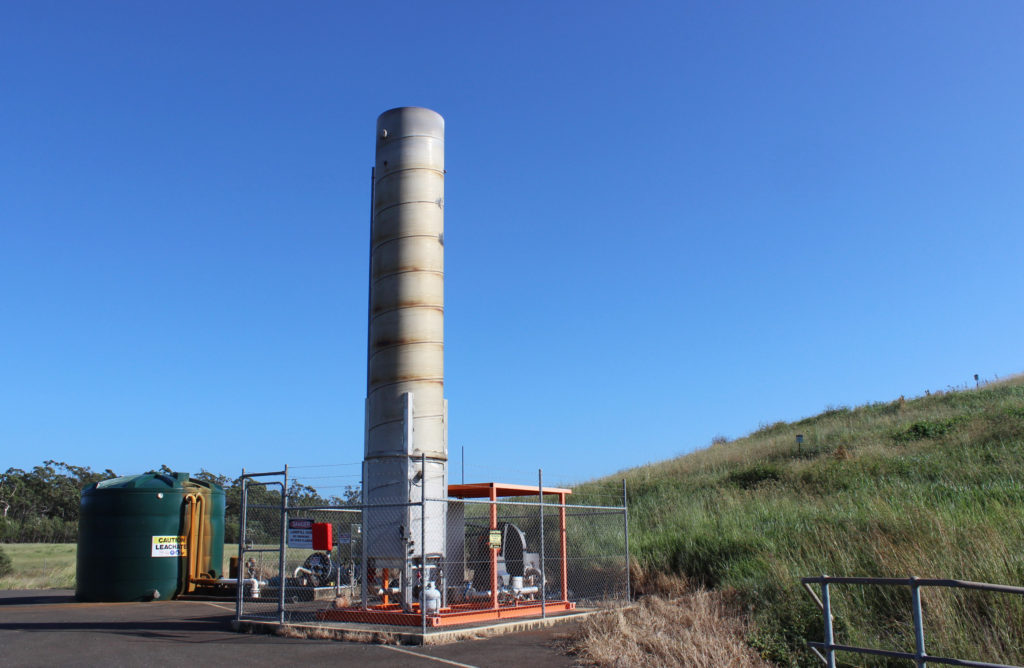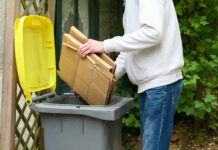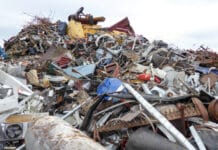
More than 29 million cubic metres of environmentally harmful methane gas has been prevented from entering the atmosphere thanks to new gas-flaring installations at two Bundaberg Regional Council waste facilities.
Waste and Recycling portfolio spokesman Cr Scott Rowleson said waste facilities at Cedars Road and University Drive were playing a major role in Council’s commitment to limiting the organisation’s carbon footprint.
“Council made a decision in 2013 to work with Landfill Gas Industries (LGI), a company specialising in the conversion of methane gas generated at landfill sites to carbon dioxide.
“Carbon dioxide is around 23 times less harmful to the environment than methane,” Cr Rowleson said.
“The Cedars Road waste facility has generated over 16 million cubic metres of methane gas since the gas flaring was implemented in waste Cell 1 in August 2013.
“To put it in comparative terms, the amount of methane converted by flaring at Cedars Road during that time equates to the greenhouse gas emissions from 24,414 cars driven for one year.
“The figures for University Drive are also impressive, with that site coming online with gas flaring in 2016 and generating almost 13 million cubic metres of flared methane until the end of June this year.”
Cr Rowleson said this equated to collective greenhouse gas emissions from 23,154 cars being driven for 12 months.
“When you consider the environmental impacts that have been negated through this process it’s obvious the move to gas flaring was a prudent one by Council,” he said.
“The partnership with LGI has been beneficial to both parties with Council reinforcing its desire to champion environmental outcomes for the community and LGI gaining a return on its investment through gathered carbon credits.
“In addition to the gas flaring initiative, Council has implemented processes within its Cedars Road waste cells to capture harmful leachates which are liquids generated through rubbish decomposition.
“The liquid is captured and pumped into ponds where it is disposed of without harm to the environment.”
How does gas flaring work?
“The flaring is undertaken through the installation of a pipe network within each landfill cell,” Cr Rowleson said.
“The pipes channel methane gas to a furnace which burns off the methane converting it to carbon dioxide in the process.
“The positive environmental outcomes from this gas flaring initiative are huge.”







